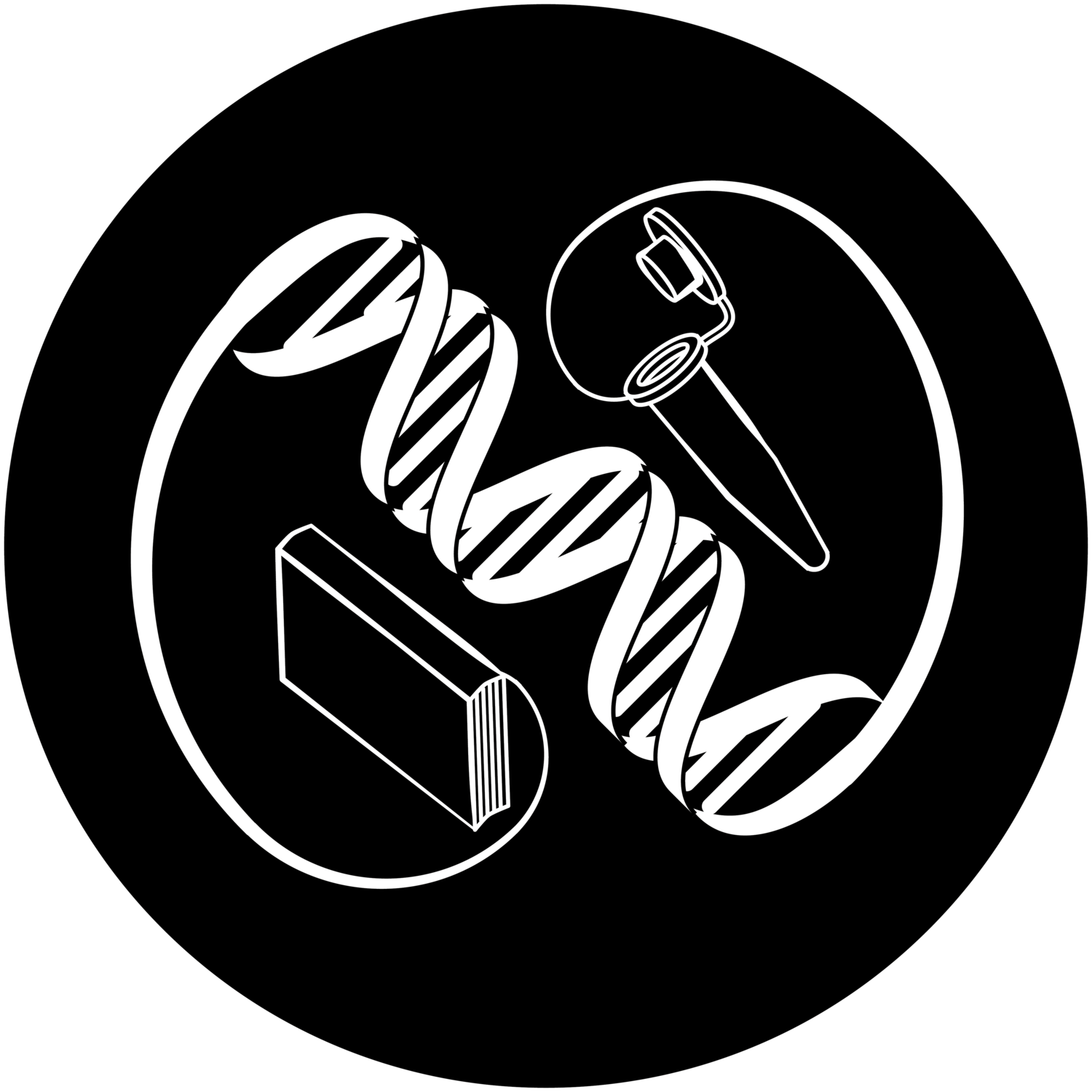Fruit Fly Larvae Dissection
Free toolkit for teaching about the size and scale of cells, tissues and organs.
This practical activity uses magnifiers and classroom microscopes to view and dissect fruit fly larvae, allowing students to observe the size and scale of cells, tissues and organs and develop an appreciation for shared anatomical features of flies and humans.
In addition to providing most of the equipment (and larvae) needed for the activity, we also provide a powerpoint explaining why flies are used in research along with written and video instructions on how to carry out the dissection.
Request this kit at least 2 weeks in advance to allow time for preparation and shipping.
Video instructions for the dissection activity are available on youtube (click the image above) and are also included in the free, downloadable PowerPoint.
You can download all of the documentation for the activity here with one click.
Case containing materials for the activity. Download the teacher and technician notes (see link below) for the full list of what we provide.
About the toolkit
Dissecting fly larvae allows students to observe the size and scale of cells, tissues and organs and develop an appreciation for shared anatomy between humans and fruit flies. They will be able to make their own slides using a different model organism, appreciate the complexity of living things and draw comparisons with their own anatomy.
It will take about 1 hour to complete the whole activity (including the powerpoint and the dissection and observation/discussion). However, you may wish to have a discussion before the practical exercise to address issues relating to the ethics of animal research. Resources to guide the discussion about animals in research are available here.
We will lend you enough supplies to run the activity with a class of 30 students working in pairs.
You will need to have:
normal classroom microscopes
saline solution in small containers
clear plastic rulers
projector/computer that can display a Powerpoint with a movie (no sound needed)
GCSE Learning Outcomes
I can use microscopes to view tissues/organs
I can explain the concept of organisation (cells/tissues/organs)
I can explain the use of animal models (to understand genetics/disease)
I can observe different levels of detail with different microscope technologies
I can dissect larvae and prepare a microscope slide
I can use an identification key to identify tissues and organs
I can make drawings of the identified tissues or organs
I can make measurements with the microscope and estimate the size of various organs and tissues and get an appreciation of size and scale of cells, tissues and organs.
Connection to Gurdon Institute Research
Gurdon Institute researchers use fruit flies (Drosophila) as a model organism in their research. The fruit fly shares many of the same genes with humans and understanding the functioning and development of cells in the fly will hold the clues for many aspects of human health and disease.
To find out more about our research involving fruit flies, check out the ‘our research’ tab on our website or go directly to the pages of the Brand Lab, Ma Lab, or St Johnston Lab to find out how flies are helping us answer interesting questions about fundamental biology.
To book this toolkit, please email us at public-engagement@gurdon.cam.ac.uk
Please note that the toolkits are only available to be booked by teachers based in the UK.
Downloadable documents
Teacher notes (toolkit includes printed copies)
Student instructions (toolkit includes printed copies)
Identification key (toolkit includes printed copies)
Toolkit Team
Jenny Koenig
Jenny combines teaching at both secondary school and university with a range of science education projects including science outreach, curriculum development and science writing. After a first career as a biomedical researcher in Cambridge where she obtained her PhD, Jenny has focussed on science and maths education working in secondary schools, universities and the pharmaceutical industry. In her free time, Jenny is a keen open water swimmer and enjoys playing the piano.
Edward Allgeyer
Ed is a researcher at the Gurdon Institute, University of Cambridge, who specialises in custom imaging solutions with an emphasis on super-resolution microscopy (localization based and stimulated emission depletion). He completed his Ph.D. in 2011 at the University of Maine, U.S.A. where he combined a nonlinear optical spectroscopy technique with fluorescence confocal imaging for studies on lipid bilayers. Prior to working at the Gurdon Institute, Edward helped develop 4Pi super-resolution microscopes at Yale University School of Medicine, U.S.A.
Jia Chen
Jia is a Research Associate at Gurdon Institute. She did her Ph.D. in Molecular Structure of Polarity Proteins in Hong Kong, and she is currently using fruit flies to find new Polarity Factors in the Intestinal Epithelia Cells.
Sue Thaw
I studied Biochemistry at UMIST (Manchester) and then completed a DPhil at the University of York, deducing species history using modern and ancient DNA sequences. In 2011, I completed a PGCE in Biology at Cambridge University and have been teaching in state schools in Cambridge since then. I got involved in the SCoPE project because I was interested in the connection between current research and the content of the GCSE specification. I think it’s really important to make our students aware of the applications of the science that they are studying and I want them to know more about the research that is taking place in our own city.
Gail Webdell
I have been a school science technician for over 25 years, first working in a secondary school and for the last 15 years at the University of Cambridge, Faculty of Education working with PGCE students (trainee science teachers). Alongside this I am also involved with: the Amgen Biotechnology Programme, providing technical support and running workshops for ‘Science and Plants for Schools’, running STEM courses for technicians, outreach sessions for primary schools, and organising events for my local technician group.
Please contact us with any questions.

This work is licensed under a Creative Commons Attribution-NonCommercial-ShareAlike 4.0 International License.




